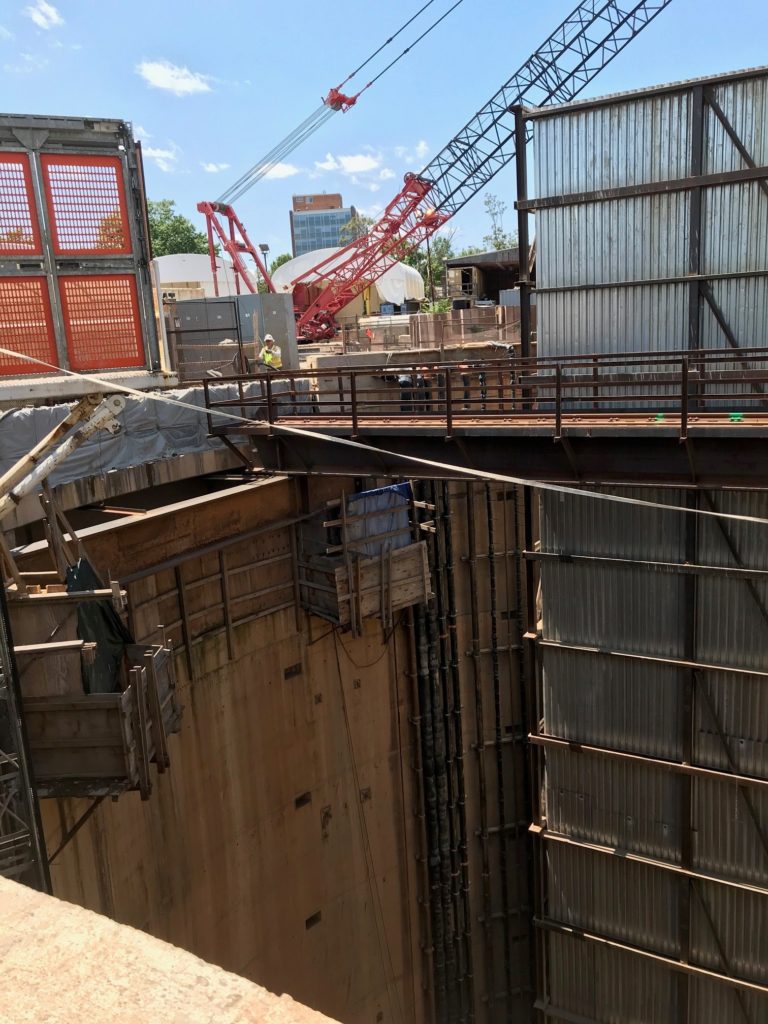
Northeast Boundary Tunnel in Washington, D.C. 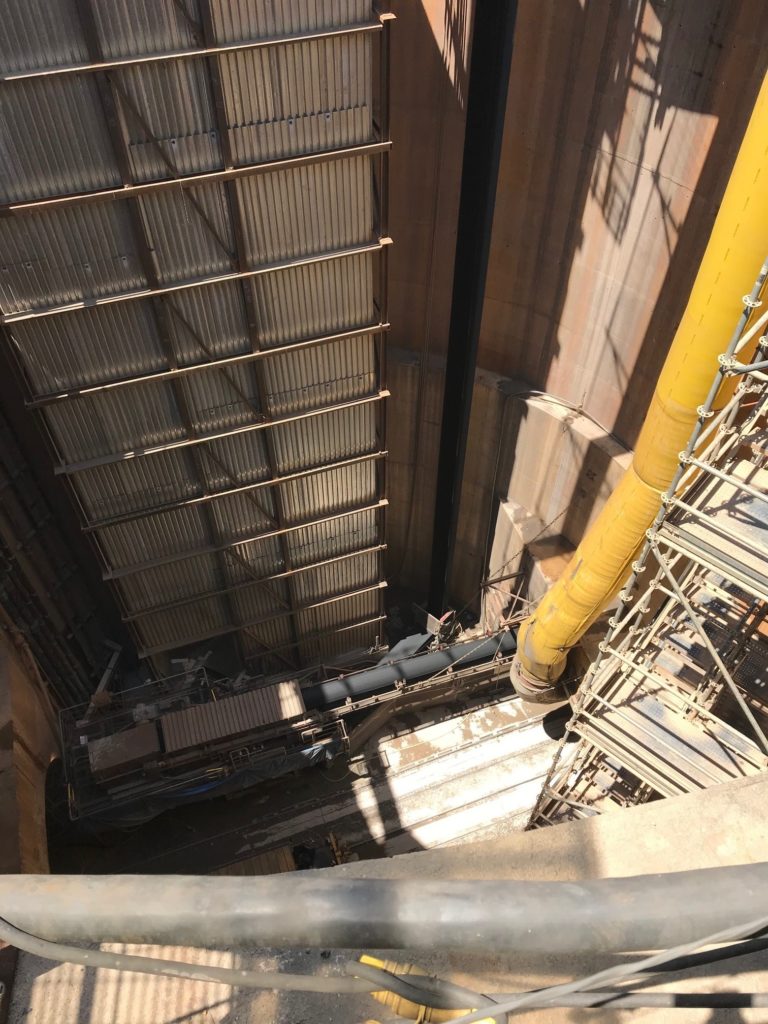
Shaft Work in Tunnel
As the population has grown exponentially in larger cities, specifically Washington, D.C., overpopulation is stretching basic-needs infrastructure to its limits. The DC sewer system is no exception. In 2012, the District’s sewer system couldn’t contain storm runoff, flooding the Anacostia River with un-recycled sewage and waste that carried bacteria and potential diseases into the area’s waterways. DC Water acted and enacted the Clean Rivers Project in the Northeast Boundary Tunnel (NEBT), intended to expand the sewers and mitigate this troubling trend. The Eastern Atlantic States Regional Council of Carpenters and their skilled members from Local 197 have been at the forefront of this project, lending a hand to the city of D.C., and the families who live there.
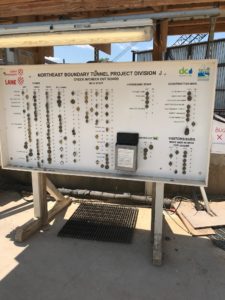
Check In/Out board for carpenters each day
“The NEBT will mitigate flooding and sewer backups that have historically impacted the Northeastern part of D.C. since the late 1800s and aid in the control of combined sewerage overflows to the Anacostia River,” DC Water’s Clean Rivers Project Director Carlton Ray said on their website “When the NEBT is completed and in service, it will reduce the chance of flooding in the areas it serves from approximately 50 to 7 percent in any given year.” Additionally, this project will reduce the overflow into the rivers by 98%.
The effects of water overflow can have on an environment is widely undervalued. From flooding streets to contaminating bodies of water, all aspects of a city could be compromised. As water backs-up the sewers, waste and sewage cannot be recycled properly, leaving it to flow directly into the river.

Local 197 Council Representative Kunta Bedney
“Some residents around my neighborhood have had experiences with raw sewage backing up into their basements,” says Local 197 Council Representative and D.C. native, Kunta Bedney, “Sewage can contain diseases, such as Hepatitis and Salmonella, polluting the water we swim in and even the fish we eat.”
By the time this project is complete in 2023, over 12 miles of the tunnel will have been excavated, providing an abundance of room for sewage and water to recycle before making its way into the river.
“D.C. hasn’t seen a project of this magnitude over the last few decades,” stated Bedney, “The complexity of this project is derived from the number of hours and bodies needed to drill through the ground. We are staffing roughly 35 carpenters daily for concrete work, which entails shaft work, maintenance on ventilation stations throughout the tunnel, concrete formwork, and more.”
“The NEBT will not only help with the cleaning of the Anacostia River and the environment, but it has also provided work opportunities for our local and highly trained members.” said Local 197 Lead Representative Raul Castro
If work on this project is not completed skillfully, it will lead to even more problems for D.C. residents. “Concrete work doesn’t just involve cement,” Bedney said. “It includes assembling frames that require attention to detail, avoiding any unloosened bolts that would create a blowout. Essentially, the frames would be unable to hold the concrete if one bolt or screw isn’t tightened perfectly.”

Precast Concrete Panels used for tunnel 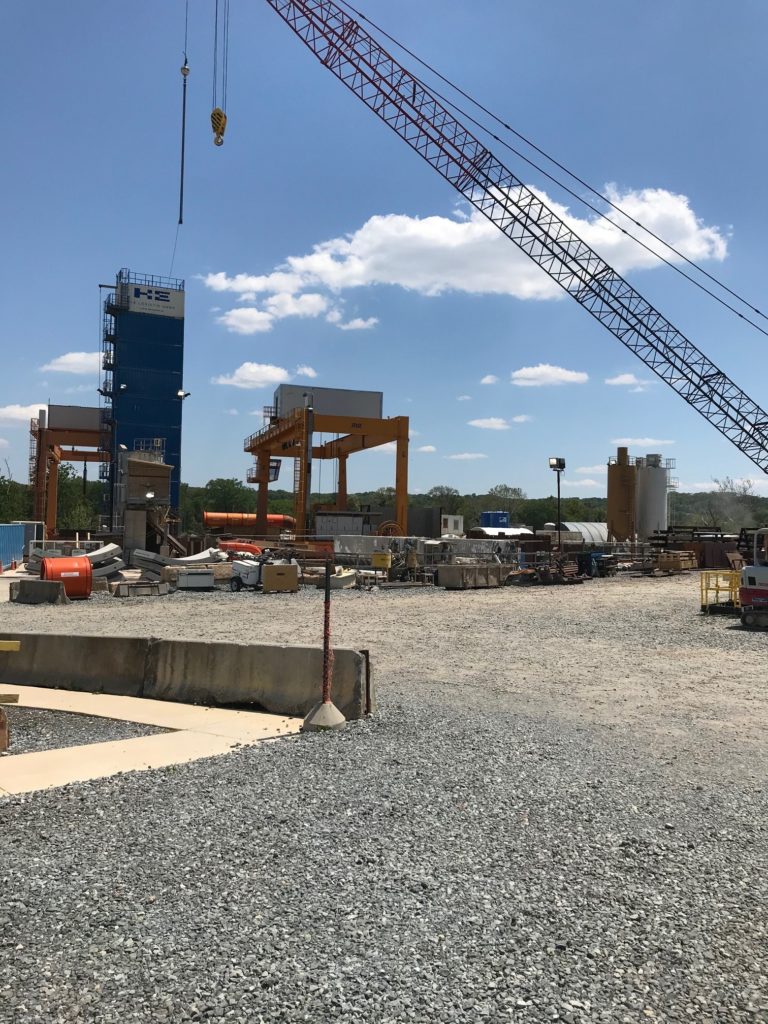
NEBT in D.C. 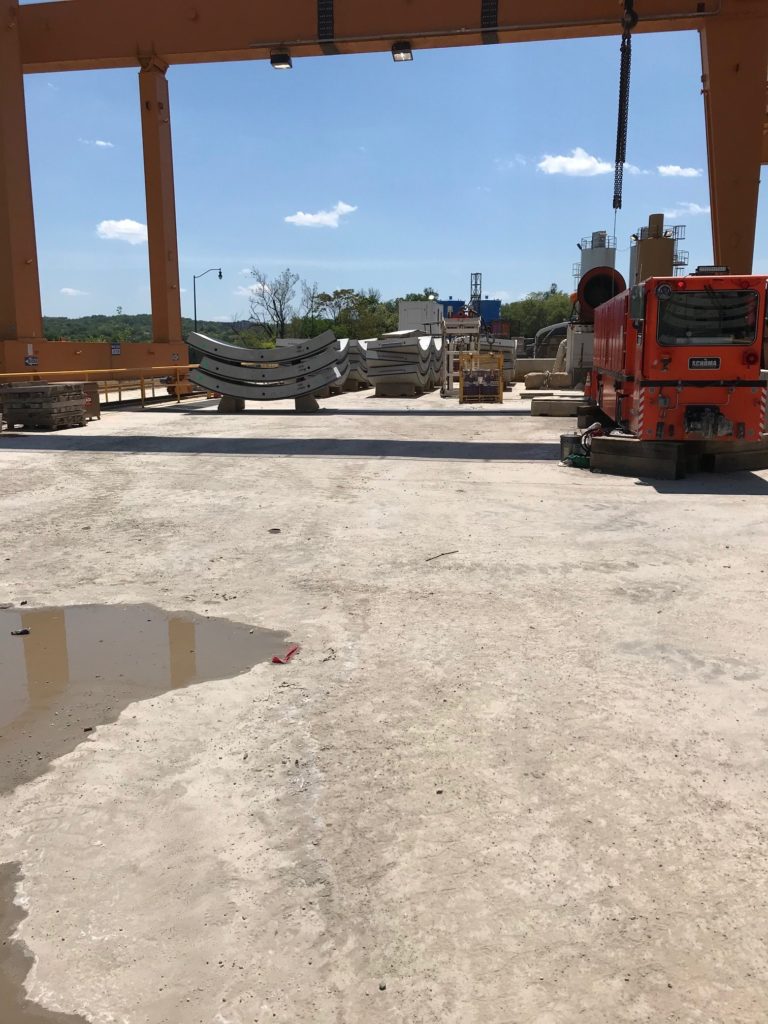
Precast Concrete Panels used for tunnel 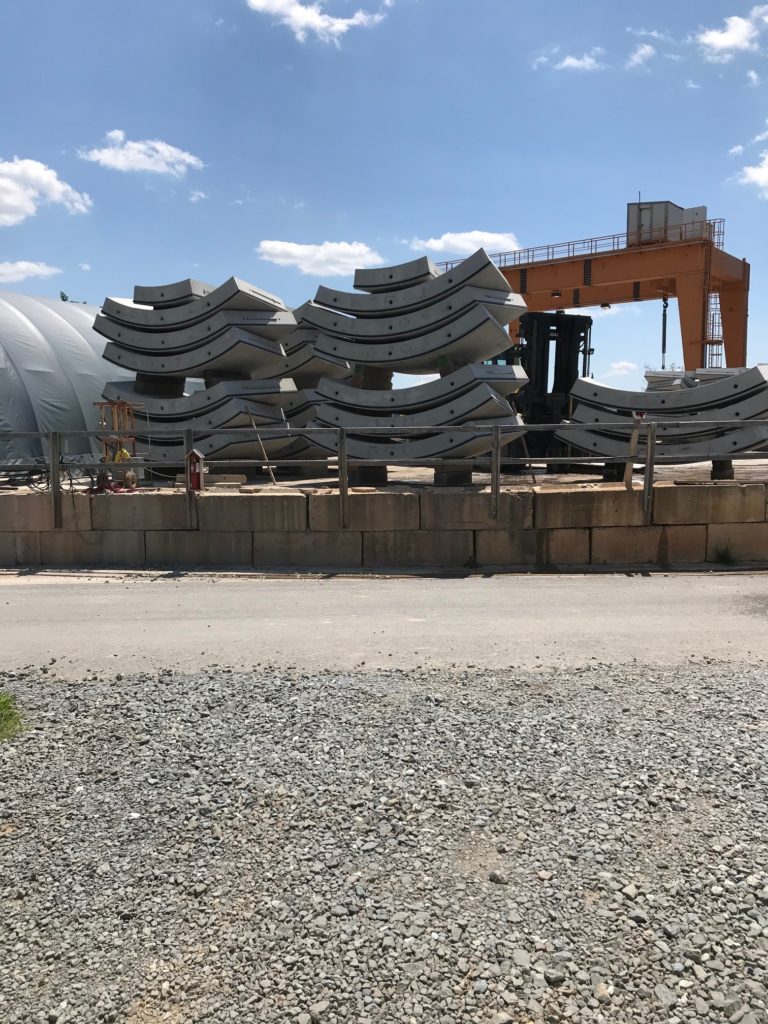
Precast Concrete Panels used for tunnel
Projects that have a positive impact on the community are always more rewarding for Local 197 carpenters. Completing this project will not only improve the quality of life of thousands of D.C. residents, but it will also improve the environment.
“Our members are proud to be a part of restoring some of the damage that has been done to this environment,” says Bedney.
D.C. was forced to take action to fix this issue and the skilled labor of Union carpenters was here to make it happen. Flooding in the city will diminish and the rivers will be cleaner. When local authorities partner with local skilled workers, there is a brighter future for DC.

Scaffolding done by Union Carpenters 
Shaft Work
